Which engine is better: modern or old
That’s why modern engines will not go 200-300 thousand miles.
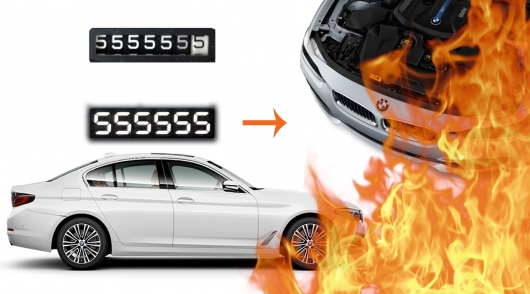
Of 4.82 million kilometers. This is more than six times to go to the moon and back. Pretty much speaking about the machine, isn’t it? Of course, it is likely that no modern car can’t run over a mileage as the Volvo P1800 (60 years), which was the owner of IRV Gordon.
Unfortunately, modern cars with their electronics, are constantly making mistakes with expensive fragile parts, change which is only possible with the use of special tools, and, more importantly, with a fragile and capricious aluminum engines are unlikely to be able to drive a couple of hundred thousand kilometers. As a result, many modern cars will be in the junkyard faster than you think.
Why? But the fact is that under the guise of caring for the penguins in Antarctica (environmental concerns – approx. author) the world’s automakers have made the cars to kettles, microwave ovens, refrigerators, etc one Goal – to force the owners to change the car as quickly as possible. I think that any car can be if you want to upgrade and rework, eliminating all blemishes or specially devised unreliable elements to increase its life? Nothing so sure.
It really could have been done before, but not today. Because virtually all automakers have lowered the reliability of their new cars. This is especially true of modern engines, many of which are not subject to not only the bulkhead, but even minor repairs. Here about the new engines, we’ll talk.

Have you noticed that modern cars have to consume less fuel? I think that the manufacturers found the Grail and was able in a short period of time to come up with supernovae internal combustion engines, which soon will not consume fuel? You are wrong. The secret of lower fuel consumption lies in a simple formula: reduce the weight of the car and get efficiency. In the end, for some 5-7 years cars have become much easier. As you can see, automakers quickly figured out how to adapt to the environmental requirements that are stricter every year.
By reducing fuel consumption, the automotive companies were able to reduce the level of harmful substances in the exhaust. But as automakers managed to facilitate modern cars? It’s simple: reduced the weight of almost all components. First of all, it affected engines. And it would seem, what here bad? Who would not like an economy car (especially in the era of super expensive fuel)?
But there is in this story is the reverse of the medal. Yes, of course, ecology is everything. It is clear that it is necessary to do something. But we think the environmental problems of the world are far-fetched. There is a reason why Donald trump, hardly entered the office of President of the United States, came out of the Paris climate agreement, in which America has been annually spending huge amounts of money for environmental programs.
On the one hand, the tightening of economic regulations in the world unprofitable automakers. Because they constantly have to adapt these standards to meet specific requirements. But, on the other hand, if you dig deep, most of the automobile companies is profitable. Primarily due to the reduction of product weight cars become less reliable and of high quality. But most importantly – relief vehicles leads to a significant reduction of the service life of vehicles.
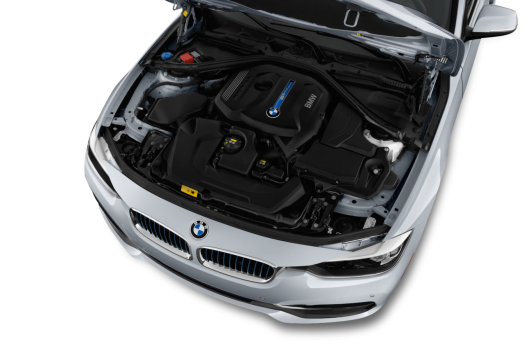
This means an increase in turnover for the automotive industry. You know that this is huge money. Play here and globally. So we have no doubt that the manufacturers intentionally reduce the resource of its products, forcing us to frequently change cars. First and foremost, the evidence is that modern engines that will amaze with its fragile and not repairable. So here’s our detailed report which proves that modern engines are unlikely to wound high mileage.
That’s why modern automobile engines have become less reliable:
1. Cast iron engine vs aluminum

More and more car manufacturers in the world equip the new cars with aluminum engines instead of obsolete cast iron, which were placed in old vehicles. But, alas, despite the fact that aluminum engines have several advantages over cast iron cylinder blocks, there are modern engines and huge disadvantages. Let’s start first with the pros. So, here are the main advantages of aluminum engines:
Advantages of aluminum motors
- A significant reduction in engine weight, which ultimately affects the weight of the machine and leads to lower fuel consumption
- Increase the dynamic performance of the car by reducing weight
- Aluminum block less subject to corrosion (although, it is rare when you can see the corrosion in cast iron motors – but nevertheless it happens)
- Aluminum motor easier cooling (better heat transfer than cast-iron engine blocks)
- Takes less time to heat the engine. Aluminium is gaining much faster than the temperature in otlichie from cast iron motors
- Better optimized to work in tandem with the turbine
- Aluminium is easier to handle after casting the engine block. Treatment of cast iron is much more difficult. The production wears out faster processing equipment
This is the main advantages of the modern aluminum engines. If you choose the most important of the above advantages, of course, the undisputed leader is lighter weight aluminum engines compared to heavy old cast iron powertrains. Especially nowadays, when the world continuously stricter environmental requirements for vehicles.
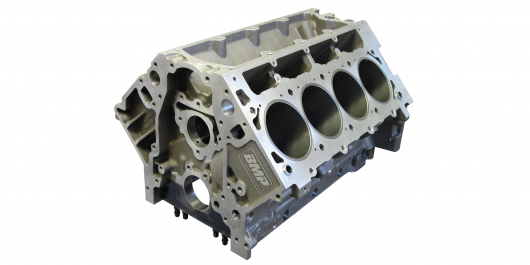
Unfortunately, the manufacturers failed to reduce harmful emissions through new technologies in internal combustion engines, except weight loss. Here the formula is simple: the lower the weight of the engine, the lower the weight of the car. Lower weight – less fuel consumption and, therefore, less harmful substances present in the exhaust. It would seem, what here such? Well aluminum engine, so what? But no. There are in these motors, as they say, a fly in the ointment. So, here are the main disadvantages of aluminum in modern engines:
Cons-aluminium engines
- The complexity of manufacturing. For casting the block, you need more sophisticated equipment and technology.
- The need to? block or cover them with a special material (silicon), protects the motor from rapid wear (unfortunately, aluminum is inferior to cast iron in strength)
- More chance of manufacturing defect in the manufacturing process of engine block
- Quickly cools. The thermal conductivity of aluminium is quite different.
- Poor stability of the aluminum block compared to cast iron motor (aluminum when heated expands more)
- The high cost of the bulkhead (engine repair). Some engines need to be?, while some motors need to repair the internal coating of cylinders. There are also the cars that have aluminum motor cannot recover because automakers didn’t even bother to release the repair sizes of pistons, rings, etc.
- Large costs compared to the production of engines of cast iron. The fact that for the production of a block of aluminium you need to use complex and expensive technologies for low tide
- There is a risk of galvanic corrosionwhen aluminum comes in contact with steel. For example, with pins, cylinder liners, which are made usually of steel
- Less channels for circulating coolant (as the aluminum engine block has properties to give heat faster, many manufacturers have reduced the coolant passages necessary for effective engine cooling)
- Thinner the wall of the engine. Cast iron block had a thicker wall.
- Rapid wear of the coating of engine cylinders (instead of liners manufacturer uses a coating of silicon)
And this is not a complete list of those disadvantages, which are present in aluminum engines. But I think even non-specialists will be clear that many of the cons cover the main advantages of modern engines.
For example, note that the aluminum motors very quickly cooled when the engine is not running. Suppose you turned off the hot engine after driving and again run it through a few hours.
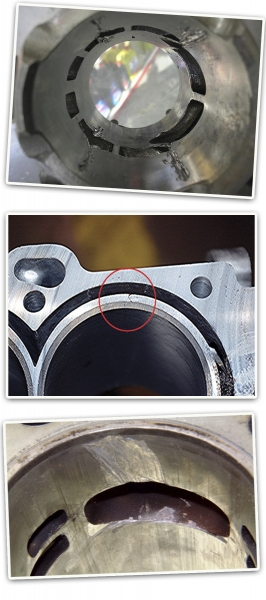
The engine block is made of cast iron will be after this time warmer than a block of aluminum. In the end, depending on the temperature of your cast iron engine will need less time to cycle warm-up than the motor from aluminum. If you frequently operate your vehicle in this mode (heating/cooling/heating etc.), to increase the service life of the engine will be better of course when it cools down much slower. This is one of the main advantages of a cast iron engine compared to aluminum.
But it’s still only vsesvyatsky. The worst thing is that many aluminum engines are not repairable. Yes. Would you think such a thing ten years ago? Because cast-iron engines are easy to overhaul in the course of natural wear due to high mileage. We will remind that usually during bulkhead cast iron motors are subject to rebore the cylinder and install new pistons of the repair sizes, which are always produced brands.
Think what you can do today with aluminum engines? And here and there. First, today many manufacturers actually stopped producing repair pistons. Secondly, those engines, which, although subject to the bulkhead, it is very difficult and expensive to restore. In the end, often the cost of bulkhead-aluminium engines can be almost half the cost of a new car.
As you know, it is more expedient in the end to either buy a new engine (or at least contract used, which of course is a simple lottery on the principle of luck – no luck), or sell the broken car for parts and buy a new one. Nothing like? The same thing is happening today with electronics and appliances, which could serve for decades and was easily repaired for relatively small money.
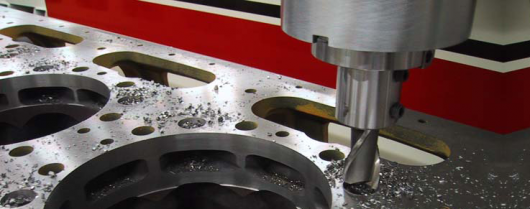
Try to find out how much a repair of the modern refrigerator, vacuum, stove or washing machine. You will be horrified by the price tags, which make repair pointless. Easier to add and to buy new equipment than to spend money to repair the old one.
The same applies to cars. What you do not a conspiracy of car manufacturers, who do not want to believe in the West? But as you can see, the suspect car companies of deliberately reducing the service life of vehicles the base is. And, by the way, a lot. Did you realize that knowing how to change the engines in modern cars.
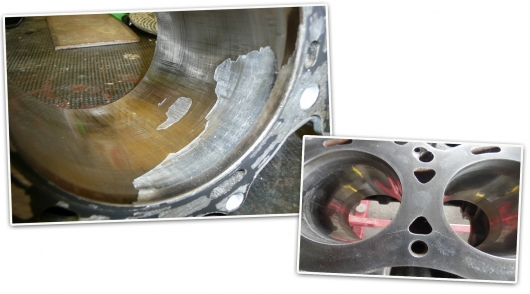
As we stated in the cons, available aluminum engine blocks, the inner part of the cylinder block or silsuede, or covered with silicon to protect the walls of a block of aluminum from rapid wear from the stroke of the pistons. Many automakers today are covering their motors this material. This allows not only to reduce the weight of the engine (pilesovinyl aluminum engine much heavier), but also reduce the service life of the motor. The fact that the silicon coating on the cylinders of the engine quickly enough wears out.
As a result, some of the motors already to 150-200 thousand km have partial wear of the coating cylinder. If you do not repair the engine, it would soon wear itself into the aluminum block that quickly make the repairs impossible.
Unfortunately, the re-coating of silicon is very expensive. As a result, in most cases an aluminum block with a worn coating silsuede. But it also comes at a price. In addition, as we have said, not every car you will find repair pistons. But in any case the repair of aluminum engine if it is possible, will cost much more the repair of cast iron motor.
2. Old heavy pistons vs lightweight
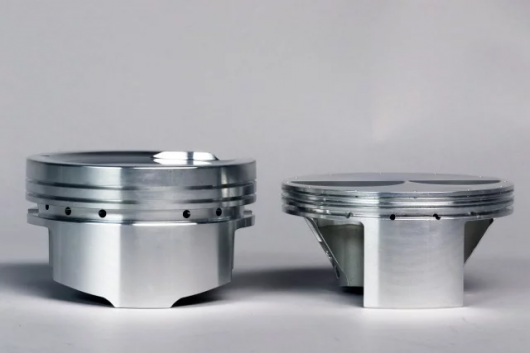
Unfortunately, the block with the aluminum engines a conspiracy of car manufacturers is not the end. Alas, in modern cars, many components are made so that the resource of a car were much lower than had the old vehicle.
Together with the development of modern engine technology in the automotive industry began to use not only lightweight cylinder blocks to reduce engine weight but also reduce the size of the pistons, rods, etc.
In the end, it not only greatly reduce the weight of modern engines and to increase their effectiveness (the lighter the piston and rod, the less energy is required to push them).
On the one hand, it’s really enabled manufacturers to significantly reduce fuel consumption of modern engines and to increase their capacity. But on the pitfalls. It is known that for everything in life you have to pay. How to pay? Well, of course, the resource of the pistons. Alas, the lightweight pistons and connecting rods wear out much faster than their more bulky and heavy predecessors, which used to be found in cast iron motors.
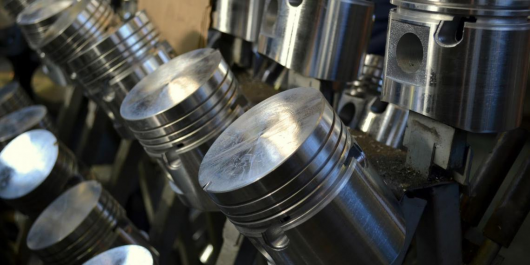
Why is the rapid wear? But this is for a number of reasons. First, the small pistons are under extreme pressure from the ignition of the fuel in the combustion chamber. Due to the features size lightweight pistons under the influence of enormous power coming from the combustion chamber, light piston a little curve (that is starting to shift to the side). This leads to more rapid deterioration of the coating of the inner walls of the cylinder. By the way, because of fluctuations in lightweight of the piston at a certain load the engine side of the piston may pass the products of combustion of the fuel getting into the engine oil.

Also, as a rule, lightweight ring equipped with a thinner compression and oil control rings. On the one hand, thinner rings reduce friction of the piston with the cylinder walls. But, unfortunately, more of a thin ring are much less. For example, in race cars of Formula-1 piston rings look as thin as a blade. But, alas, high enough how such rings is one race.
What causes worn piston rings, I think, to remind not worth it.
3. Lightweight crankshaft, lightweight reduced bearings, seals and pads etc.
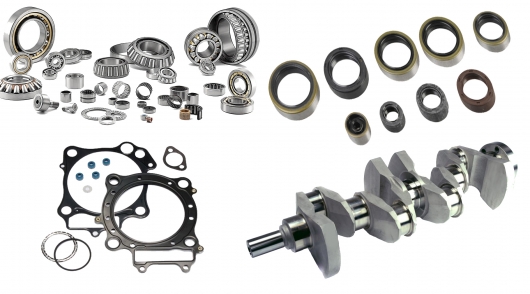
We continue to expose automakers. In addition to aluminum engine block, relief pistons, connecting rods automotive company in the pursuit of weight reduction of cars decided to ease probably all that is possible. For example, the engines began to use lighter crankshafts, which eventually wear out faster. Some vehicles have their resource in recent years has decreased in 1,5-2 times.
But the crankshaft was not the end. Automakers decided to reduce the weight of all the components of the motor, ranging from gaskets and seals and ending with the bearings. Yes, of course, over the past 10 years, the technology of production of bearings is far more advanced. But the laws of physics, no one still not canceled. Also no one has yet invented a super-healthy cheap material from which, for example, it would be possible to produce bearings. In the end, no matter how hard manufacturers of bearings, they are unable to significantly increase bearing life while reducing their weight and size.
So don’t be surprised if your modern car will fail any bearing which, for example, in the old car went in 2-3 times more. Especially let you not surprised by the bearings used in the engine. It is here where the producers themselves have tried to find ingredients for weight loss.
4. Reducing the amount of engine oil and coolant
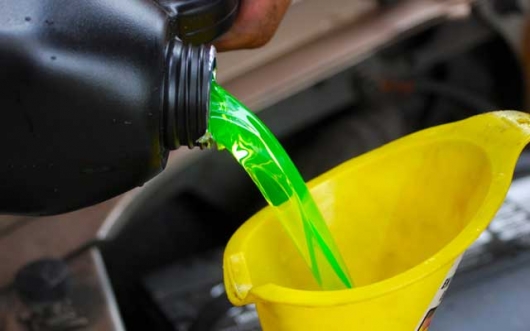
Did you notice that in the auto world have long observed the tendency to reduce engine capacity and number of cylinders in them? More recently, in expensive luxury cars were in Vogue a 12-cylinder and 8-cylinder engines. Today, even the premium car manufacturers have gradually reduced not only the number of cylinders (for example, many well-known models now instead of 12-cylinder engines are equipped with 8-cylinder, and many of the cars previously manufactured with 8-cylinder engines, received a 6-cylinder).
The decrease in the number of cylinders is reduced and the volume of engines. It’s amazing how changing the auto world. More recently, a 5.6-liter engine no surprise. Today it is a rarity. Yesterday, the fashion was 2-, 2.5-liter motors. Today popular engines with three, four-cylinder capacity of 1.3-1.4 liters.
But it is worth noting that due to the weight reduction of engines and in General many other components, as well as through the use of turbines automakers not only managed to significantly reduce the fuel consumption of modern vehicles, but also to add, despite the reduction of volume and number of cylinders, a considerable power and torque. It also contributed to the decrease in the level of harmful substances emitted by automobiles through the exhaust system.
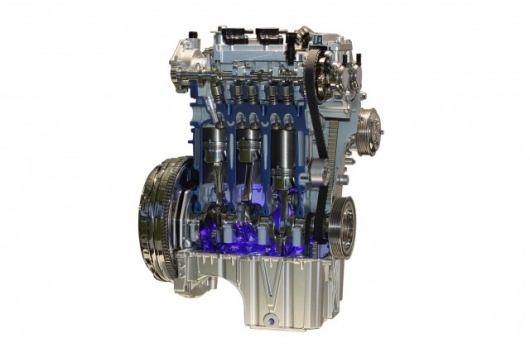
Like, doing good work producers. But it’s only one side that always has another side. Moreover, this secret side, as the reverse side of the moon.
If you are an automotive engineer or car mechanic, you probably don’t know that over the last 10 years, the automakers have reduced not only the number of cylinders and engine capacity. Along with this controversial trend car of the company began to gradually reduce the amount of engine oil and coolant volume. And it would seem that everything is logical. Decreases the volume of the motor and number of cylinders in it, so that liquid for lubrication and for cooling, you need less.
But the most amazing thing happens when we begin to compare the proportional decrease in the volume or the number of cylinders in the engine by reducing the amount used for lubrication and for cooling liquids. Here there awaits us a surprise. The fact that the decline in volume of oil in the engine and the cooling system is much faster. This suggests that manufacturers intentionally reduce the effectiveness of engine lubrication and cooling.
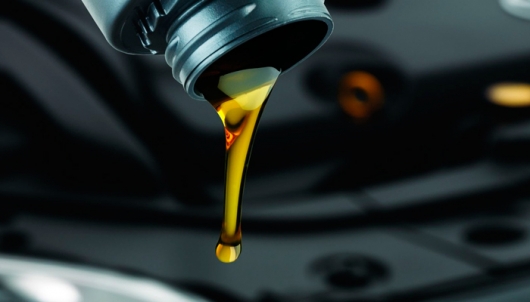
I think that to think so is no reason? Then compare the amount of engine oil in the old 2.0-liter or 2.5-liter four-cylinder engines with volume of oil in the new motors. Also compare the amount of coolant used in older engines, the amount that is used today in modern engines. Believe me, you will be surprised.
This, of course, also supposedly necessary to reduce the weight of the car. In theory it is. But the theory is, alas, not always works in real life. You understand that for major automakers struggle for profit is the main thing. And sustainable profit can be if to constantly maintain a certain level of sales of new cars.
You understand that at a time of fragility in the world economy and in the period of globalization and increased competition, to maintain a constant demand for cars is becoming very difficult. In the end, it is advantageous to reduce the resource of cars is that cars are unable long to use a car.
5. Old engine oil against modern
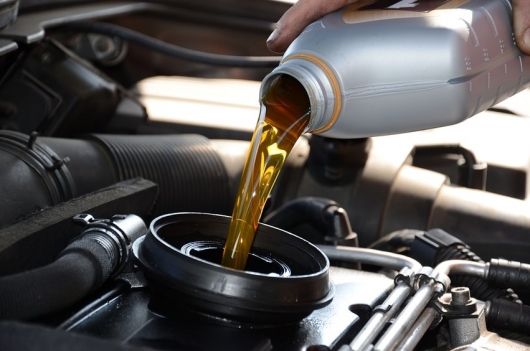
In the old engines used to often used less liquid oil than in modern cars. The result is that at low temperatures the oil is greatly thickened, causing the engine it was necessary to preheat for a long time before the oil becomes more or less fluid. However, in the old oil on the cylinder walls created a thick film, protecting the engine from wear and tear.
Today, many modern oils become more fluid, allowing automakers to reduce the time of warming up the engine before driving. As a result, many manufacturers today generally recommended to take off immediately after starting the engine. And it’s all thanks to the fluidity of modern synthetic oils. The thing is that because of the greater strength of the new fluids engine oil does not thicken in the cold.

In the end, the oil pump even on a cold motor to cope with the pumping of oil. But, unfortunately, the modern fluid motors there is a minus, and substantial – because of the greater strength and other properties of modern oils form inside the engine too a thin film, which contributes to more rapid wear of the motor.
In the normal (calm) conditions a thin film of oil on the walls of the engine, in principle, protects the engine more or less normally. But as soon as you load the motor starting to operate a car at higher rpm, a thin film of oil is unable to cope with the effective protection of the mechanical parts of the table Assembly.
This is with regards to atmospheric engines.
If we talk about turbocharged engines (especially high-speed), then they wear modern oil there is, even more so as the thin oil film is not able to protect the engine for long periods of wear.
6. Frequent oil changes vs less frequent
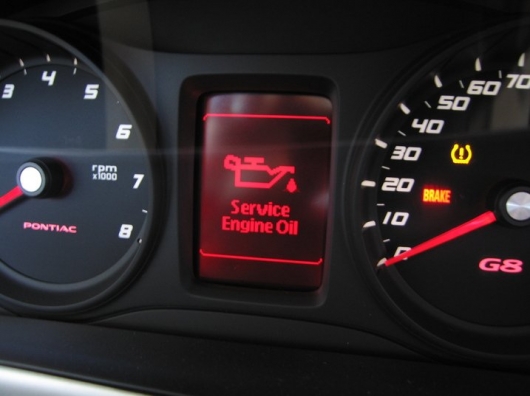
Today’s automakers often recommend changing engine oil every 15,000 km (some suggest to change oil every 10,000 km). But, alas, it is not conducive to the long service of the engine. Yes, modern engine oils are much hardier due to the synthetic additives. Unfortunately, if the vehicle is used in severe conditions, the engine oil quickly loses its properties. Sometimes, for example, oil can lose its properties is already to 5000 km.
Alas, the dire conditions of the vehicle applies the use of cars in urban environments. And the bigger the city and more traffic, the faster it loses its quality oil in the engine. Often the oil loses its property even at low mileage. Why? You will see how much you spend each day in traffic, and then compare that time with the daily mileage.
The result is that on the clock the engine in our car works a lot, and mileage rides are not many. Agree, in this case, the oil change mileage is not quite correct. Especially when you change the oil as recommended by the automaker, every 10-15 thousand kilometers is only Logical that if we stand too long in traffic, the engine oil needs to be changed more often, given the time that the engine has run since THE last service.
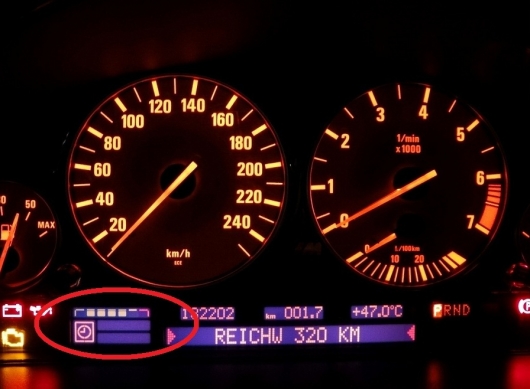
By the way, the oil in the engines of some construction equipment are changing on engine hours, mileage since the machinery can be between THE minimum.
According to recent studies, high-quality expensive synthetic motor oil loses its properties within an average of 200-400 hours. For urban residents, every day, standing long hours in traffic jams, it means that the engine oil must be changed every 5-8 months regardless of mileage.

For example: if you work 5 days a week and every day I pass 50 km, standing in traffic jams for 3 hours, it turns out that the oil you have to change in about 6.5 months. By the way, the mileage in this case would be 6500 km, and See how little mileage? On engine hours, the engine will namolotil very long time. In the end, even expensive synthetic oil, most likely, will lose their properties.
7. Stringent requirements of modern engines for fuel quality
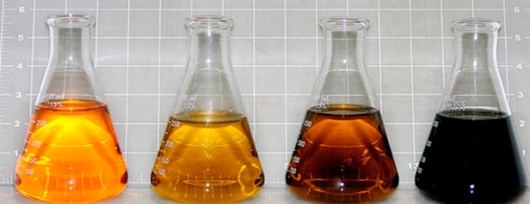
In the old days, car engines were less whimsical to quality of fuel. Today, all modern engines require higher fuel quality. Alas, in our country, despite the fact that in the 21st century and the fact that we are an oil country, good fuel comes to the pump less frequently than low-quality surrogate.
Recall that the gas fuel in any internal combustion engine fall within the engine oil. Gases, containing the various products of combustion of fuel mixed with oil in the process of operation of the engine. This in turn affects the chemical properties of the oil. And the worse the quality of the fuel, the more substances in the gaseous state enters the engine oil. Accordingly, the engine oil faster loses its properties.
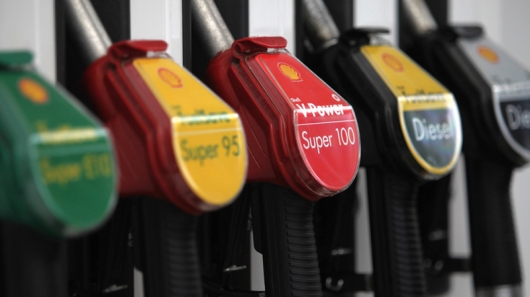
In older cars typically used a real heavy pistons, who were detained in the combustion chamber most of the products of combustion of fuel. In modern engines used a shortened and lightweight pistons which, in the course have a greater tolerance of fluctuations than the pistons in the older machines. As a result, in modern engines the oil gets more of various substances (e.g., sulfur). That’s why many automakers in recent years are strongly recommended to use only premium high-octane fuel.
Unfortunately, if you often made not on network stations, acquiring fuel of questionable quality or practice to fill your car fuel with a lower octane rating than recommended by the car manufacturer, then you have more often to change the engine oil as it quickly loses its lubricating and cooling properties. Otherwise you will significantly reduce the resource engine.
Sometimesiamanasshole знатьЗаконодательствоТехосмотрЛайфхак
Knowledge base
